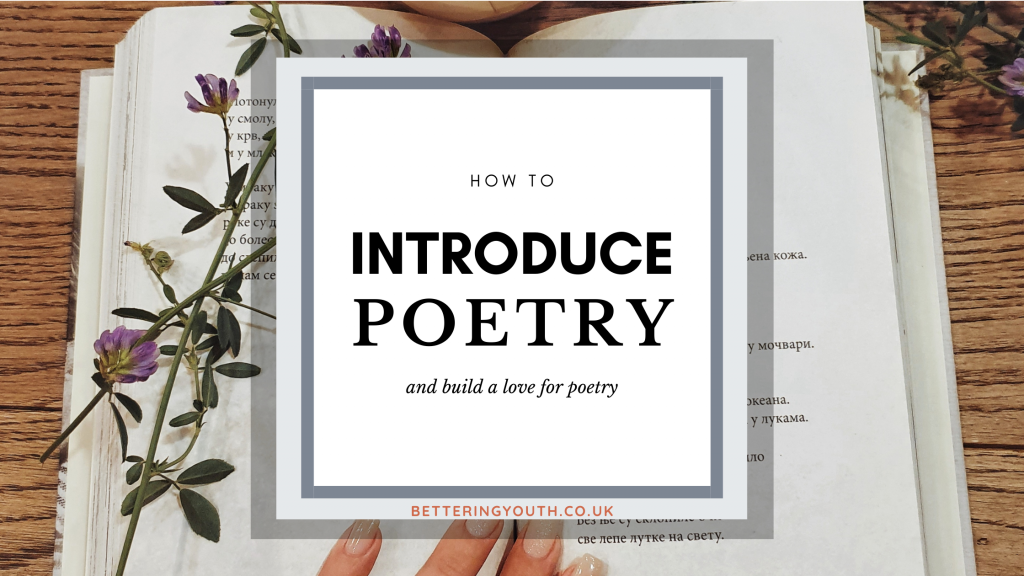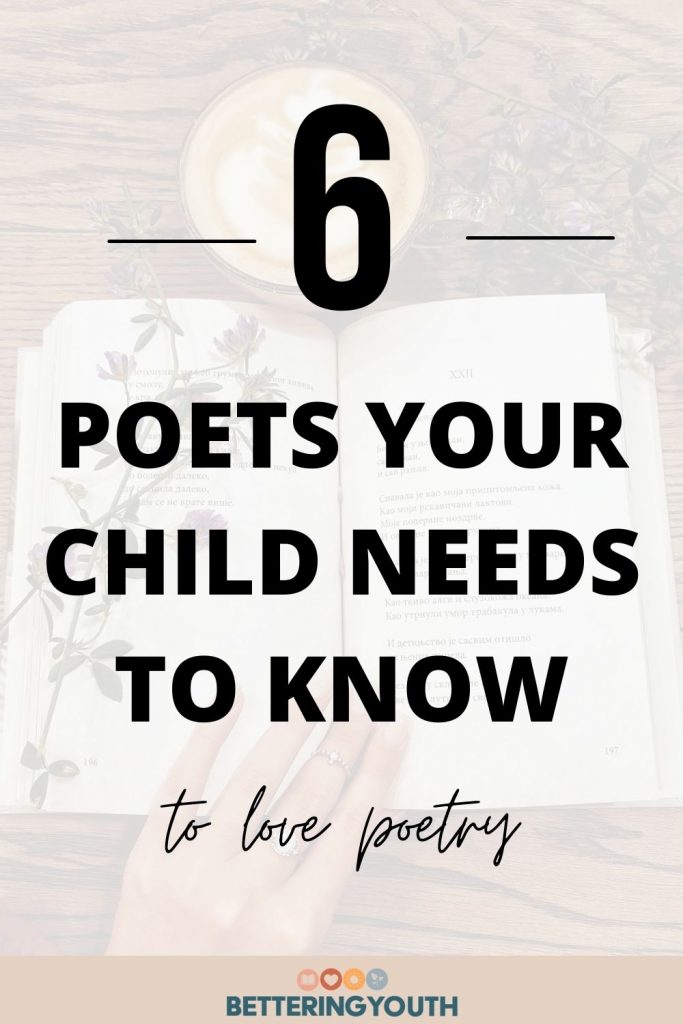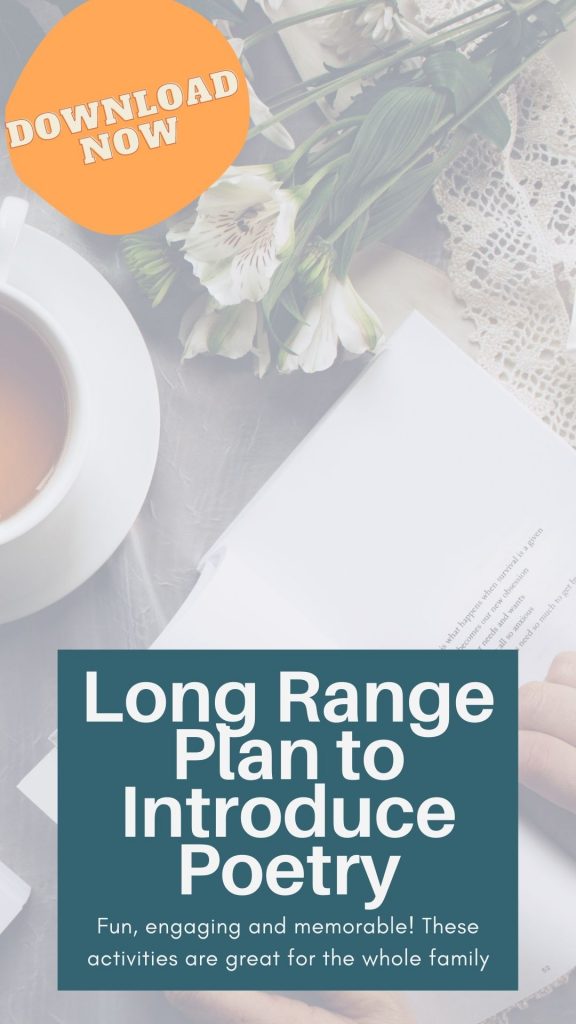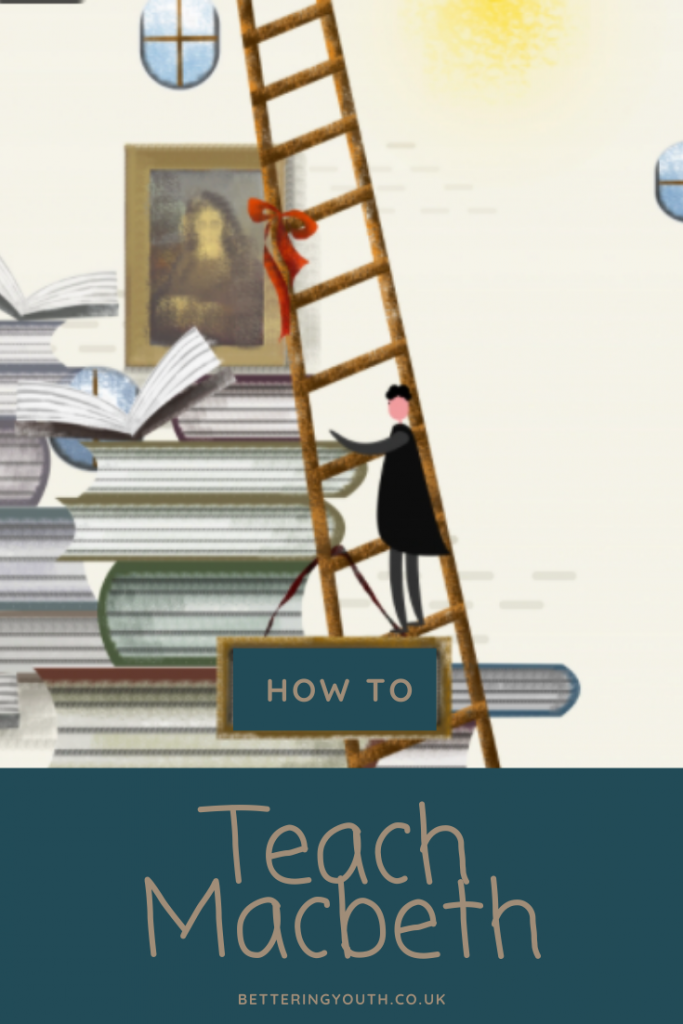Introducing poetry to your child does not have to feel scary! This is another blog on the topic of teaching poetry to middle school children. Includes poem suggestions, tips for implementation, and poetry lesson plans.

Read to learn how I introduce poetry to students and eliminate the fear around unknown poems. Whether exploring poetry as part of your home education journey, looking to support your child with poetry homework, or wanting to encourage a love for poetry within the classroom, your children will love these activities that build reading, comprehensnion and writing skills.
How to Introduce Poetry to your Child
Introducing poetry can feel intimidating. Especially if your child already holds some less than favourable opinions about poetry.
Teaching poetry doesn’t have to feel scary, though!
In truth, poetry is all around us. Have you ever tried to define poetry before? If not, give it a go.
What is poetry?
The moment you feel like you’ve nailed down the definition, whoop! you’re introduced to a new poem and it’s back to the drawing board.
This is because poetry is evolving and morphing.
Therefore blanket states like “poetry is boring” or “I’m not good at poetry”, well they just aren’t true.
Once we can come to terms with the fact poetry isn’t all that unnerving, it will become easier for you to introduce it to your child…
Let me be the first to say, they will smell your fear a mile away. So spend some time looking through some poems suitable for your child and find the ones you like.
Hint: If you’re looking for some poetry ideas for students in Keystage 2, some of our favourite poets include: Maya Angelou, Shel Silverstein, Rupi Kaur, Robert Frost, Langston Hughes and Emily Dickinson.

Before you introduce your child to a poem however, why not put the ball in their court.
Introducing Poetry Ice Breakers
Find out what your child already thinks about poetry by asking them to do the following:
- what is the definition of poetry?
- how do you feel about poetry?
- what song lyrics do you like that sound poetic to you?
Once you’ve helped your child see that poetry is really challenging to define, it can help lower their walls of resistance and encourage a more open mind.
Next, their responses towards how they feel about poetry can help you decide how to present it to them.
Finally, the song lyrics they choose will open them up to the idea that they are already fond of poetry and good at noticing poetic features. I love to keep these lyrics visible whether in the home or in the classroom as it helps build the poetic atmosphere.
Now that the walls are slowly coming down and your child’s confidence in poetry in growing, let’s dig in to the skills they need to read and understand poetry.
Introducing Model Poems to Teach Poetry
Here I’ll share with you the breakdown of how I go about introducing poetry and teaching how to read poetry to understand meaning.
I have also included the lesson plans used to follow this teaching structure. If you’d like a copy of our lesson plans to teach how to introduce poetry, click here to download!
As mentioned above, it’s imperative that you have chosen 2-3 model poems that you like. These model poems are going to be the anchor that you return to time and time again to investigate key poetic devices.
One of my favourites is Falling Up by Shel Silverstein.
Once you have your poems chosen, you will introduce them one by one to your child.

The format for introducing will go as follows:
- You’ll share the poem
- Have a quick chat about the poem
- You will read the poem again
- Your child will write what they notice about the poem (the words, any rhymes, the structure etc)
- Then your child will rate the poem out of 5 stars.
Each of your 2-3 poems will be introduced in this same format.
The purpose of this form of introducing poetry is to avoid the pressure of talking about the key elements of the poem and the poetic devices used. That will come. But for now, the point of noticing is enough for your child to analyse the poem.
Rating poetry right from day one helps students to look deeper into what they see and notice in different poems. It also builds their critical thinking skills. These are both very powerful should your child need to do poetry analysis or poetry comparison pieces.
This introduction to your mentor poems can be done across 2-4 days depending on your timetable. Again, I share my lesson plans for introducing poetry here!
I added a Bonus Lesson in the plan that’s not written about above! Take a peek!

Once your child feels comfortable and well acquainted with the chosen model poems, allow them to explore different poems written by various voices so they can see for themselves just how diverse poetry can be.
Conclusion
Teaching poetry should be fun!
The only way you’ll get their buy in is if you find poems that you love too.
We hope this article helped you see how introducing poetry to your child can be as easy as read it, note it, rate it.
If you liked this article, then please subscribe to our Monthly Newsletter, where we share more hidden gems and resources. You can also find us on Instagram and Facebook.
Pin It for Later:


About the Editorial Team
Editorial Staff at Bettering Youth is a team of tutoring and emotional wellbeing coaching experts led by Sarahlynn Hodder. Based in Ascot, UK our resources support the British home educating and school-going family. Trusted by over 1.3 thousand families worldwide.
More Poetry Resources You’ll Love

Your Child needs a strong foundation in comprehension to really feel confident in poetry. Find more comprehension resources here:
How to Boost Reading Comprehension Through Storytelling
Boost Comprehension Monitoring with these Small but Mighty Steps
